How Sensors and Mobile Payments Are Getting Indian Women to Use Cleaner Cookstoves
New and improved stoves don’t belch out black carbon—but 3 billion people around the globe need motivation to use them
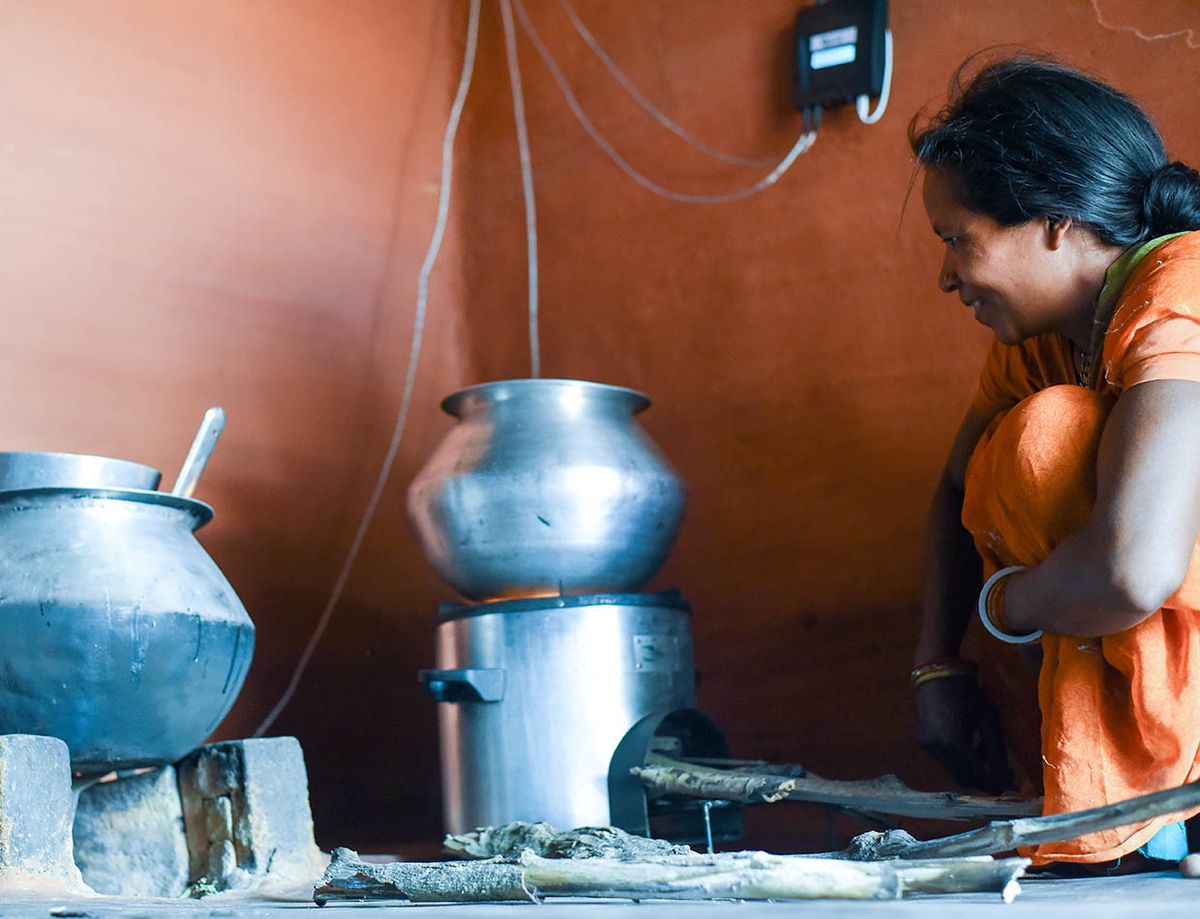
The StoveTrace system uses data and money to incentivize women to use more efficient cookstoves.Qualcomm
Jump to Articles in this Section
If there were a museum of good intentions, the massive effort to give improved cooking stoves to the global poor would have an exhibit hall all its own.
About 3 billion people still cook their food on open fires or traditional stoves (typically a few mud bricks on the floor), which release plumes of soot into the air. These emissions of black carbon are noxious, particularly when the cooking is indoors, and they also add to the global greenhouse effect. The World Health Organization estimates that nearly 4 million people die every year from illnesses related to household air pollution, and some climate researchers argue that black carbon is second only to carbon dioxide (CO2) in its contributions to global warming.
The answer seems clear: Give those 3 billion people clean-burning stoves! Many philanthropic groups, including the sprawling Global Alliance for Clean Cookstoves, have poured millions of dollars into such initiatives. That alliance, backed by the United Nations Foundation and dozens of governments, corporations, and foundations, has helped local groups distribute some 80 million cookstoves around the world since 2010.
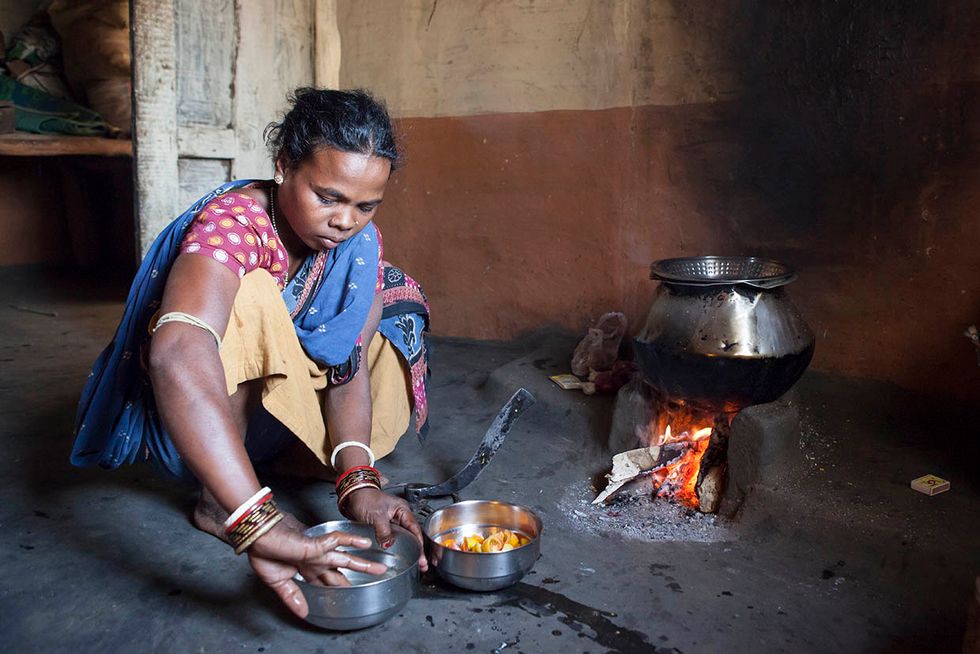
Too bad such well-intentioned efforts aren’t getting the job done. A report published this May about progress on global energy goals, with data from the World Bank and four other international agencies, found that if the current trajectory of technology adoption continues, “2.3 billion of the global population will still be without access to clean cooking in 2030.”
So how can do-gooders change that trajectory? Look to a project in the eastern India state of Odisha that’s been funded by the telecom company Qualcomm since 2009. The project, called StoveTrace, uses data and money to tackle the biggest problem in every clean-cookstove campaign: getting women to alter their behavior and actually use the new stoves they’re given.
“You’re dealing with a lifetime of habit when it comes to cooking,” says Jesse Ross, a data scientist at Nexleaf Analytics, the Los Angeles–based nonprofit that came up with the StoveTrace project. “Even if someone is initially enthusiastic about their new stove, if it breaks or needs service they often just stop using it altogether.”
StoveTrace combines economic and technical strategies. A local “energy entrepreneur” gives loans to village women that allow them to buy efficient cookstoves for the equivalent of about US $80. With that purchase, Ross explains, the women get a feeling of investment. The stoves, which look like metal cylinders, are various kinds of “ forced draft” appliances that draw in air to make the fire burn hotter and cleaner.
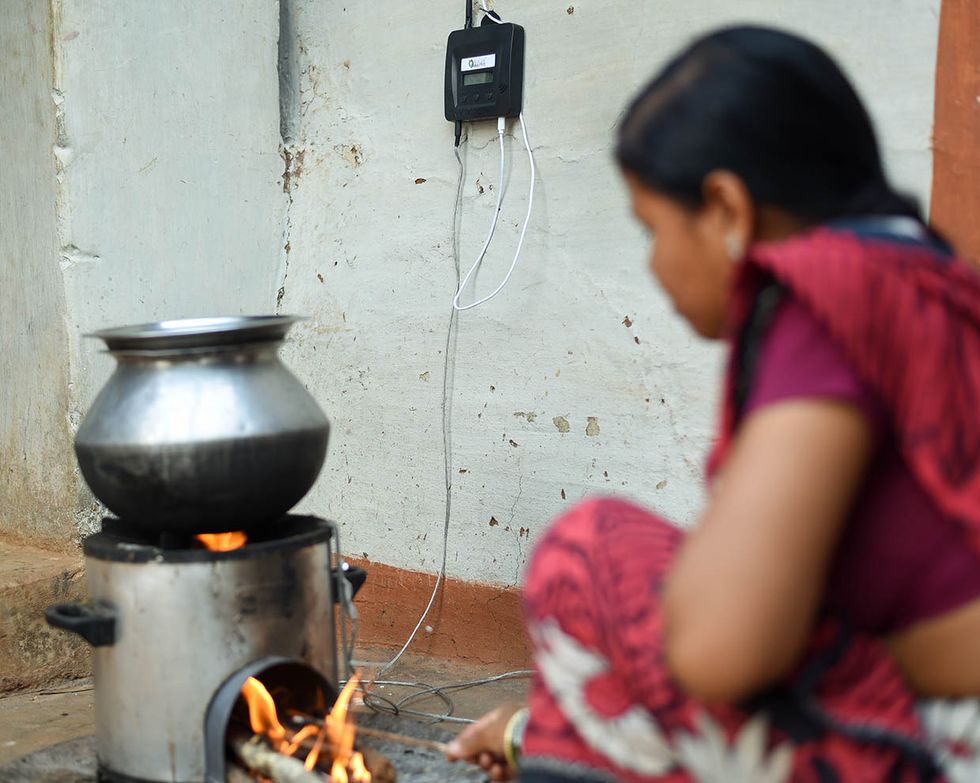
“These new, improved cookstoves are more efficient and require less wood,” says Denisse Ruiz, Nexleaf’s communications coordinator. “And gathering wood is time consuming when you have a big family and have to cook two to three times a day.” Reducing that foraging gives the women some valuable spare time, Ruiz says. “We see some women taking on jobs, like tailoring.”
Each stove is equipped with a thermal sensor that registers when the stove is in use. The sensor is wired to a small, wall-mounted communications module, which records the data. In the project’s first iteration, that module sent information to the cloud in real time via the cellular network. The next version uses a cheaper and simpler gadget, which stores the data until the local entrepreneur comes by and uses Bluetooth to connect to the module and download the data.
The emphasis on data and monitoring sets StoveTrace apart from other well-intentioned projects, says Anirban Mukerji, a New Delhi–based senior manager of Wireless Reach, Qualcomm’s corporate social responsibility program. “The Global Alliance for Clean Cookstoves has reported in their 2017 annual report that over 80 million stoves were distributed in the 2010 to 2016 period, but we really don’t know how many of those stoves are working and being used regularly,” he says. “It’s a black box.” StoveTrace’s sensors enable the local entrepreneurs to see if the new stoves are actually being used in each village; if not, these local workers can return to a village for troubleshooting or repairs.
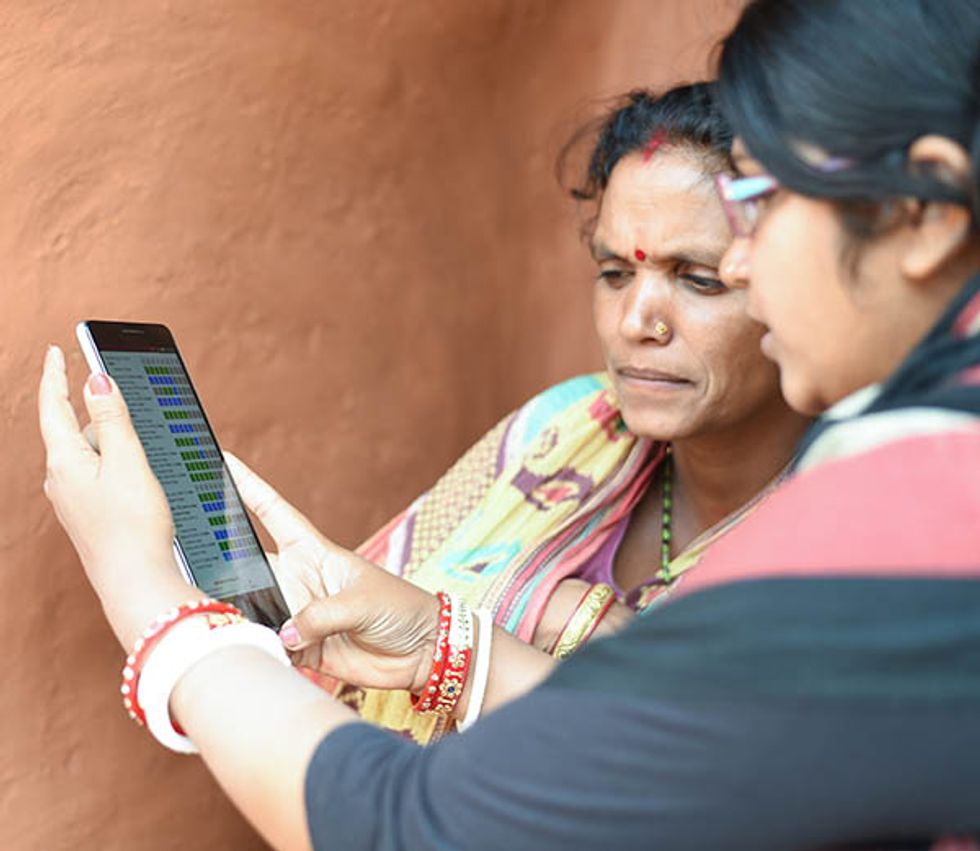
The sensors also serve a second purpose. Based on each woman’s stove usage, she’s given small monthly payments via a mobile banking app on her phone: A woman who cooks regularly on her new stove receives the equivalent of around $4 per month. These payments are considered “climate credits,” disbursements that are linked to beneficial actions to combat climate change. Nexleaf argues that each woman is reducing overall greenhouse gas levels in the atmosphere by reducing deforestation, allowing trees to take up and store CO 2, and by reducing emissions of sooty black carbon. With the money, the woman makes installments to pay back her loan (which typically takes about two years)—and any leftover money is hers to spend as she sees fit.
Making those monthly payments tangible has been key to the project’s success, says Nexleaf’s Ross. A local agent for the mobile banking system, M-Pesa, can convert the woman’s account credits into cash. The hard currency of rupee notes is more useful to most women, Ross says, and the cashing-out process has an additional benefit. “[The local agents] can do a ceremony where they get the village together and do the payments in cash,” he says. “That helps with the social aspect of getting people to cook with new technology.”
But the payments are also the biggest barrier to scaling up the project. Currently, the climate-credit payments are funded by Nexleaf’s philanthropic partners. Nexleaf has been piloting the project in seven Odisha villages, and the organizers are now preparing to expand to about two dozen villages in the Indian state. They’re also preparing to launch StoveTrace in Nigeria. Nexleaf’s Ruiz says she’s confident that the model is scalable, but others aren’t so sure.
“It sounds very expensive,” says Michael Greenstone, a professor of economics and director of the Energy Policy Institute at the University of Chicago. Greenstone is the coauthor of the report “Up in Smoke,” which found that clean-cookstove programs have failed to improve human health or reduce greenhouse gas emissions. He and his colleagues monitored women for four years after they received their stoves, with discouraging results; the paper states that “households used the stoves irregularly and inappropriately, failed to maintain them, and usage declined over time.”
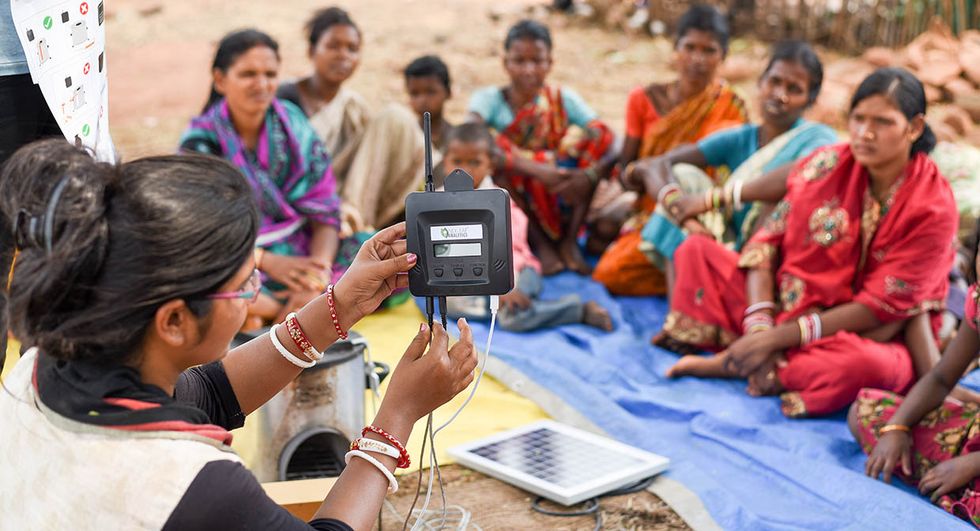
To scale up the StoveTrace program, Greenstone says it could be linked to carbon offset markets that would fund the monthly payments; such markets enable companies and consumers to compensate for the greenhouse gases emitted by their own activities. But while Greenstone commends Nexleaf for its innovative economic model and its eagerness to test its technology in the field, he’d like to see independent studies that compare the program with other interventions. The women have to like the stoves and the program enough to keep it cooking, he says. “We can’t wish for people to have preferences that they don’t have.”
“The world is desperate for a solution to indoor air pollution,” Greenstone adds. “It’s an enormous problem for human well-being.” But despite do-gooders’ eagerness to improve the lives of 3 billion people around the planet, Greenstone cautions against throwing money at the situation. “We shouldn’t devote a lot of resources to it just because it’s a big problem,” he says. “It has to be that there’s a solution that works.”


